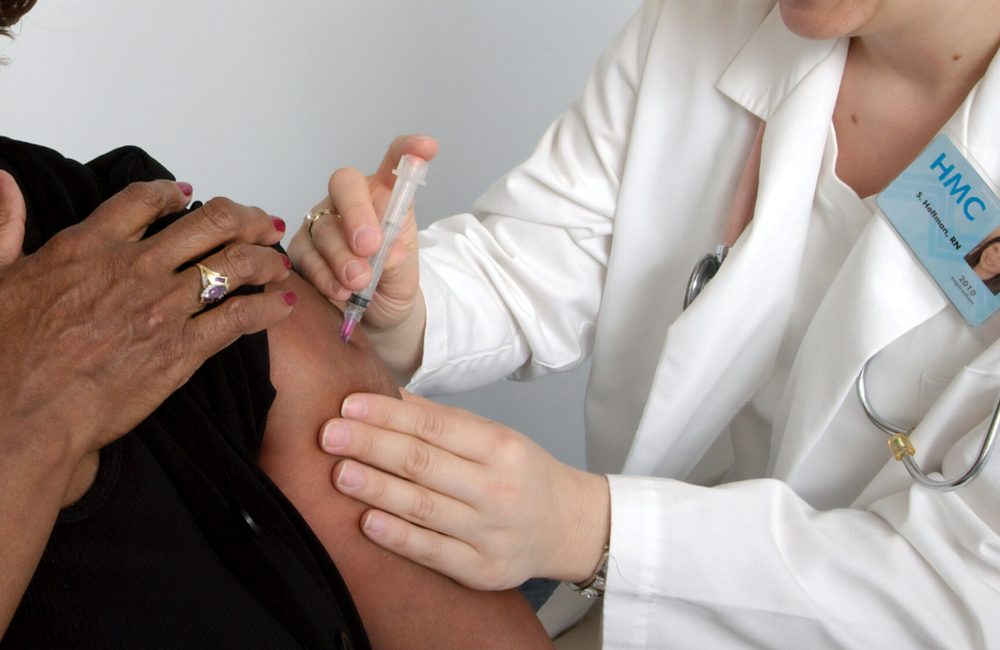
Key points
- Most previous studies have aimed to produce non-neutralising antibodies: agents that alert the immune system to destroy the invader.
- However, newer studies focus on eliciting broadly neutralising antibodies that kill the virus directly.
- Others use viral vectors to deliver the ingredients inside our cells and elicit a stronger immune response.
- After the success with COVID, mRNA vaccines are now being studied against HIV too.
We’ve summarised the history of HIV vaccine trials to date on another page.
Two phase III vaccine trials testing similar vaccines have recently closed early, due to disappointing results. The vaccines tested delivered a ‘mosaic’ of HIV proteins designed to produce responses against a range of HIV subtypes. However the Imbokodo trial in African women and the Mosaico trial gay men and trans women were stopped in August 2021 and January 2023 respectively, because no statistically significant efficacy was seen in either study. This shows that scientists will need to develop vaccines based on different strategies.
Novel vaccines are being developed, though they are only in phase I (safety) studies so far. (See Phases of clinical trials).
Most phase III studies conducted so far have aimed to produce what’s called a non-neutralising antibody response.
Antibodies are small protein molecules produced in their billions by the immune system’s B cells when they detect a foreign invader. Their molecules can adapt to fit on to the invader’s surface features, like a lock and key.
Non-neutralising antibodies do not directly destroy the invader but alert other parts of the immune system such as CD8 cells to come and destroy it.
Neutralising antibodies can directly kill the invader. One type of vaccine under consideration is designed to stimulate the production of so-called broadly neutralising antibodies or bNAbs.
These do arise naturally in the course of chronic HIV infection in a minority of people – though far too late to have any preventative effect. They have unusual features that enable them to penetrate HIV’s sugar-molecule coat and to disable the molecular ‘tools’ HIV uses to enter cells.
bNAbs have already been investigated as drugs given as infusions to treat HIV and as a form of PrEP. But inducing the immune system to start making bNAbs in advance of HIV infection is a much bigger challenge.
Germline targeting ‘reverse engineers’ bNAbs by working out what kind of cells could produce bNAbs in the first place and then seeking them out in the body with molecular probes (they are very rare). With repeated doses of a vaccine designed to stimulate them, more cells capable of producing bNAbs could be generated. This Scripps Institute vaccine is an example of this approach.
Other vaccine researchers feel that the other branch of the immune system, the T-cells (CD8 cells) that kill off virally infected cells, are worth returning to. After all, this is the only natural response that has been shown to suppress HIV infection, in elite controllers.
The failed STEP trial aimed to induce a CD8 response. Researchers now understand why that vaccine increased HIV vulnerability in some people, and can avoid such an outcome. They have also devised vaccines containing a much larger number of different HIV antigens. The Jenner/Oxford University HIV-CORE 0052 and 006 vaccines are examples of this.
A more innovative type of T-cell vaccine involves using so-called replicating vectors.
Vectors have been used in many HIV vaccines including RV144 and its successors and indeed in other vaccines such as the Oxford/AstraZeneca COVID vaccine. Vectors are the ‘shells’ of viruses that cause asymptomatic or very mild disease in humans, and are used to contain the active ingredients, the HIV antigens. A vector is much better at getting inside cells than a vaccine consisting only of naked HIV DNA or protein, like AIDSVAX.
Most vectors are engineered so they can only get into a cell once: they cannot replicate and cause ongoing infection. Replicating vectors, on the other hand, do: they reproduce as a viral infection does and thereby spread the HIV vaccine antigens throughout the immune system, inducing a much deeper and broader immune response. Way back in 2013, one such vaccine based on cytomegalovirus (CMV), a ubiquitous virus that is normally asymptomatic, caused excitement when it completely eliminated HIV from 50% of a group of already-infected monkeys. Research showed it induced a particularly deep and varied CD8 response.
Human trials of a CMV vaccine have been a long time coming because deliberately introducing a replication-competent virus raises obvious safety concerns. However, a phase 1 human CMV vaccine trial, VIR-1111, is now underway.
This is just a sample of current approaches. Other HIV vaccines use the RNA technology that was used to make the highly effective Pfizer and Moderna COVID vaccines.
